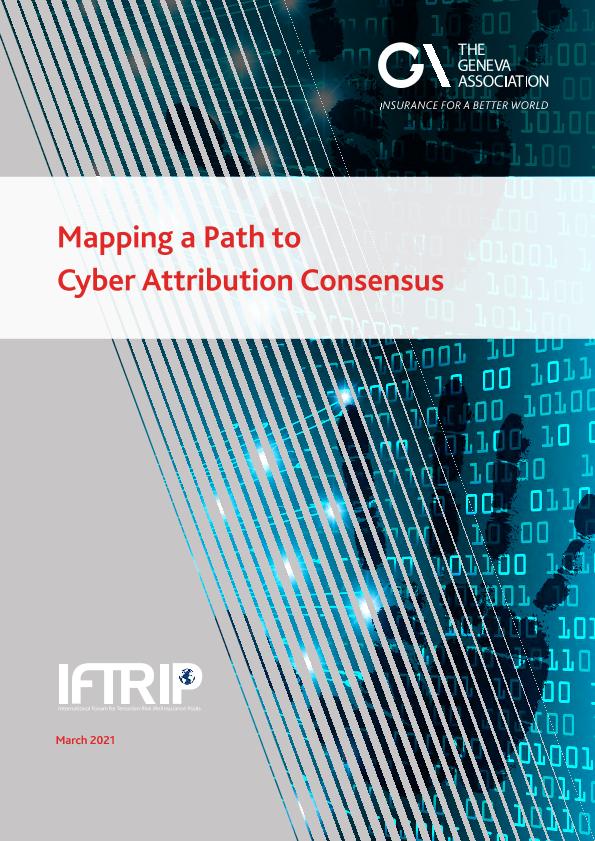Mapping a path to cyber attribution consensus

Contenido multimedia no disponible por derechos de autor o por acceso restringido. Contacte con la institución para más información.
| Tag | 1 | 2 | Valor |
|---|---|---|---|
| LDR | 00000cam a22000004b 4500 | ||
| 001 | MAP20210011146 | ||
| 003 | MAP | ||
| 005 | 20210409110513.0 | ||
| 008 | 171205e20210301che|||| ||| ||eng d | ||
| 040 | $aMAP$bspa$dMAP | ||
| 084 | $a861 | ||
| 100 | 1 | $0MAPA20200018698$aCarter, Rachel Anne | |
| 245 | 1 | 4 | $aMapping a path to cyber attribution consensus$cRachel Anne Carter, Julian Enoizi |
| 260 | $aZurich$bThe Geneva Association$bIFTRIP$c2021 | ||
| 300 | $a36 p. | ||
| 520 | $aThe rapid pace of digital transformation, accelerated by COVID-19, is driving increased demand for cyber risk protection. There are a number of ways in which cyber risk protection can be achieved which include a high level of cyber hygiene, implementing and investing in standards for cyber security, not merely in terms of initial security measures but also a strategy for maintaining and upgrading security. Insurance is one mechanism, which focuses on the economic protection of a business if it experiences a cyberattack. Even though insuring cyber risk is challenging, not least due to the potential for large accumulations of loss, insurance as part of a broader security strategy can reduce overall losses. It can encourage behaviour that promotes the robustness of online systems and incentivises good cyber hygiene. | ||
| 650 | 4 | $0MAPA20140023066$aCiberataques | |
| 650 | 4 | $0MAPA20080557515$aCibernética | |
| 650 | 4 | $0MAPA20140022700$aCiberseguridad | |
| 650 | 4 | $0MAPA20080552367$aReaseguro | |
| 650 | 4 | $0MAPA20160007633$aCiberriesgos | |
| 700 | 1 | $0MAPA20170006435$aEnoizi, Julian | |
| 710 | 2 | $0MAPA20080445805$aEmbedded Finance & Super App Strategies | |
| 710 | 2 | $0MAPA20200018704$aThe International Forum of Terrorism Risk (Re)Insurance Pools |

